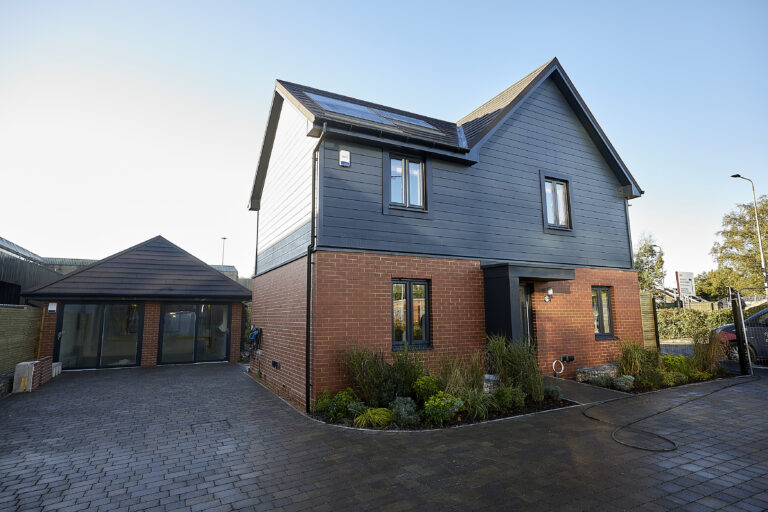Dorset House
An energy positive house in Dorset that has been built to Passivhaus standards and recycles rainwater on-site.
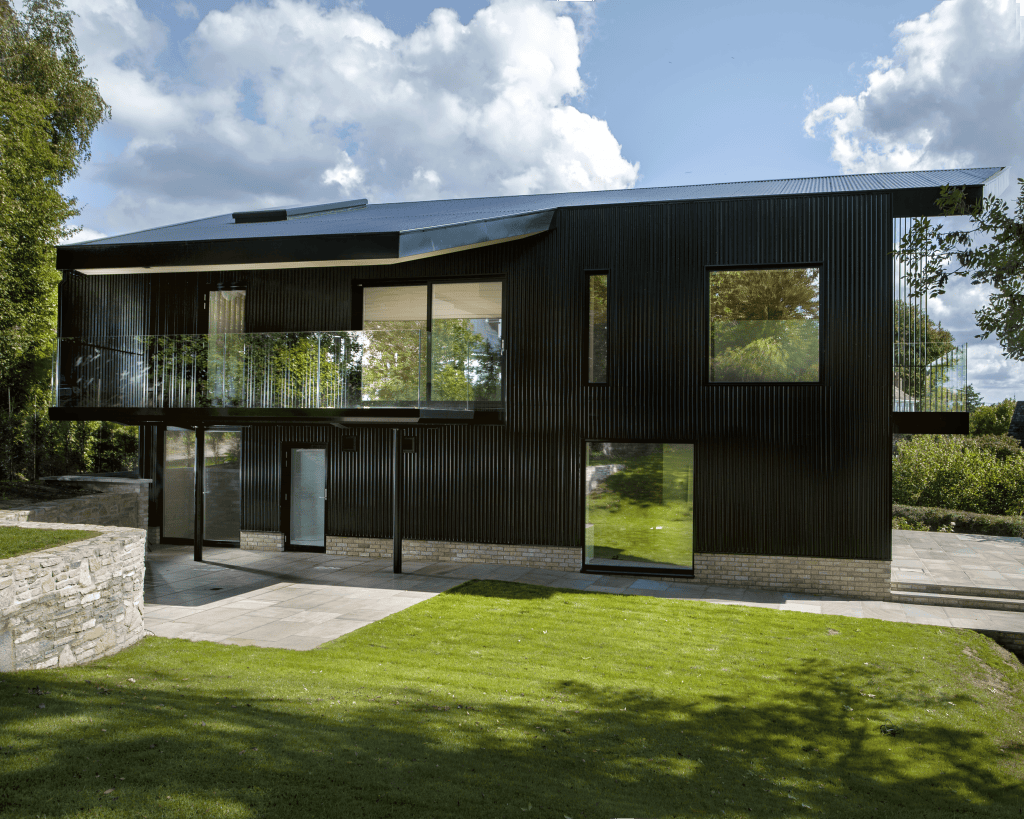
Highlights
- The house is energy positive, exporting slightly more energy than it draws from the grid.
- The rain water tank is 5,000 litres and provides water for toilets, washing machine and irrigation throughout the year without top up from the mains.
- The house was designed and built to Passivhaus standards (however the owner did not want to pay for the certification)
- Whole life carbon reduction was considered throughout the house’s design.
- The embodied carbon impact of the entire structure was almost neutral or very low.
Approaches Used
- The Solar Edge monitoring system provides daily information on the building systems which the owner uses to collate annual energy figures.
- The 9 KW PV system and solar hot water system provides for most electrical usage and hot water throughout the year and is boosted through the use of a 400 litre thermal store for any excess PV energy.
- The walls have a low U-Value of 0.09 W/m2 which almost eliminates the heating load.
- Whole life carbon reduction was considered from inception to completion on-site and in use. The project was designed using a timber structure and SIPS panels with blown insulation (derived from renewable vegetable oil) to Passivhaus standards. The embodied carbon of the entire structure was therefore considered almost neutral or very low. The panelised system was manufactured in a factory in Scotland and installed in 11 days.
- To reduce future carbon, the house is also designed as two flats, which gives the owner flexibility to adapt in the future with minimal effort. The owner even sourced both kitchen units reused from a showroom.
- To meet Passivhaus standards, a fabric first approach was adopted using very low U-values for the entire external envelope. Enhabit carried out thermal modelling to ensure solar gain was introduced in the winter and eliminated in summer. The extensive PV and solar thermal array ensures very little energy is required from the grid, and excess PV energy is delivered to the thermal store.
- The use of wastewater heat recovery to preheat the cold water supply also reduces energy demand. There is a substantial amount of winter heat produced through solar gain with the large south facing windows. The balconies and external shading prevents this glazing overheating the house in the summer.
- Ventilation to the whole house is provided via a mechanically ventilated heat recovery (MVHR) system giving continuous fresh air with minimal heat loss. The Solar Edge energy monitoring system provides all the information on these systems throughout the year for the owner.
- Each PV panel has its own optimiser which increases performance of the system and allows more accurate monitoring and checks of each individual panel. The integrated 9KW roof PV and solar thermal system ensure the house is energy positive, so there is no need for off-site renewable energy sources or offsets.
For Further Information:
Please contact: office@lts-architects.co.uk

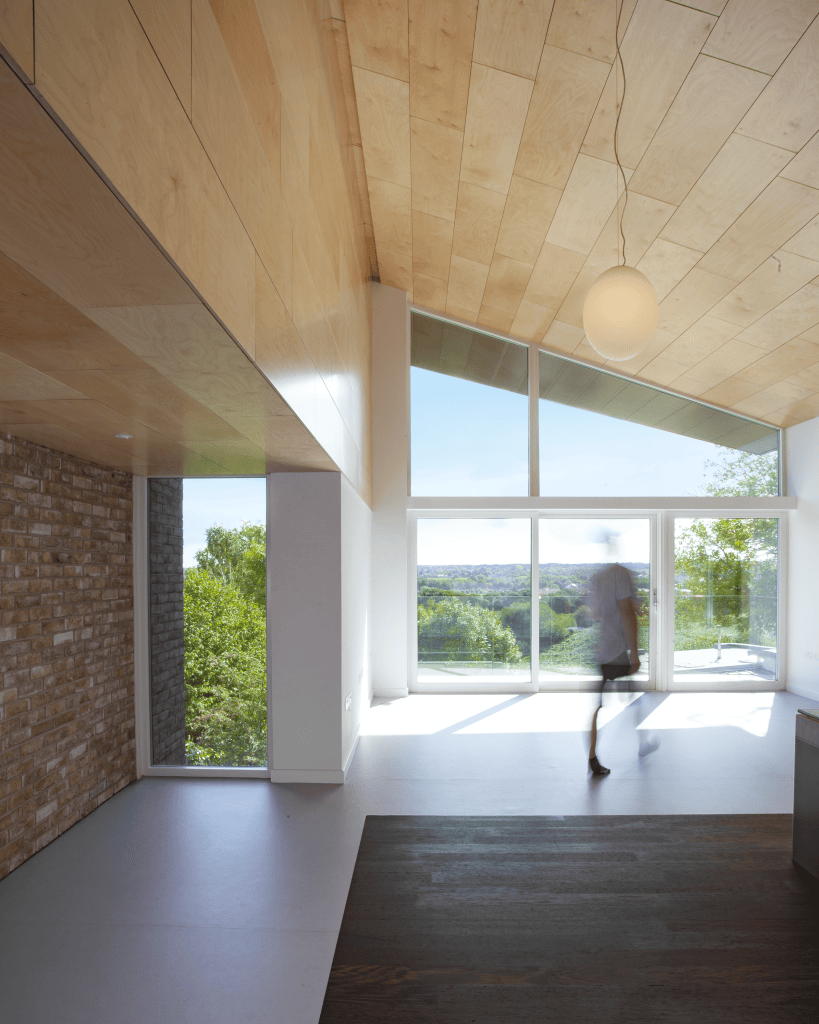
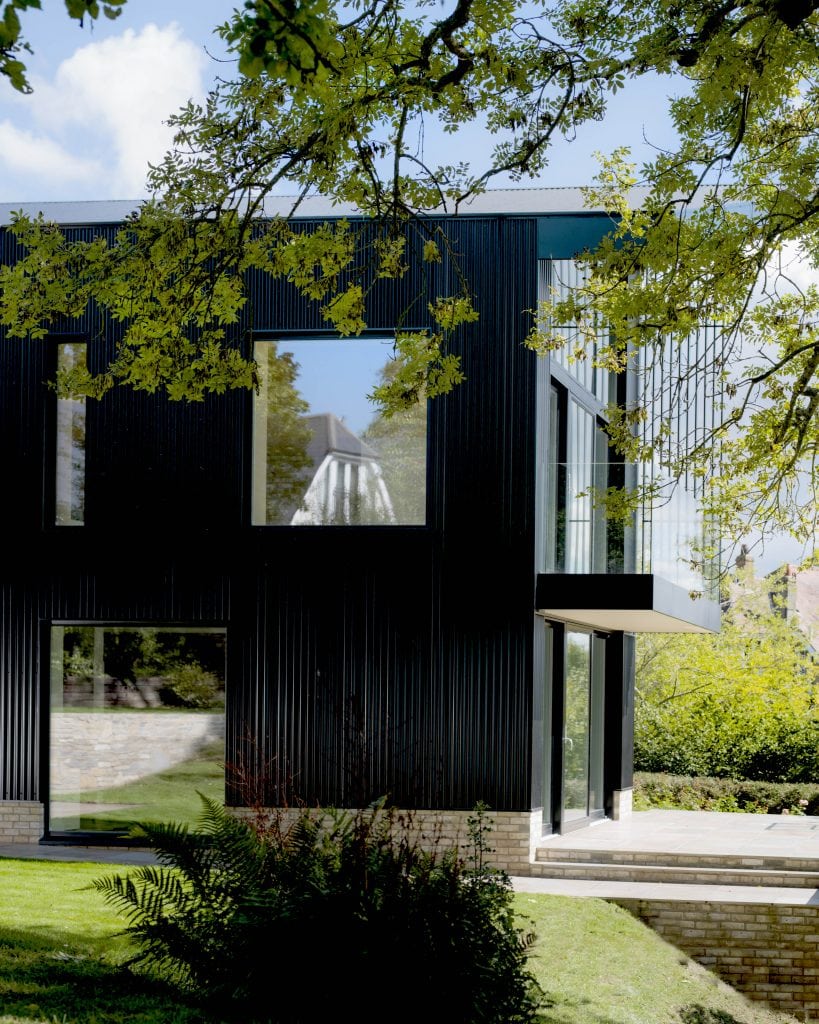
Related members
Related
80 Charlotte Street
Mixed-use, all-electric, scheme striving for reduced embodied and operational carbon.
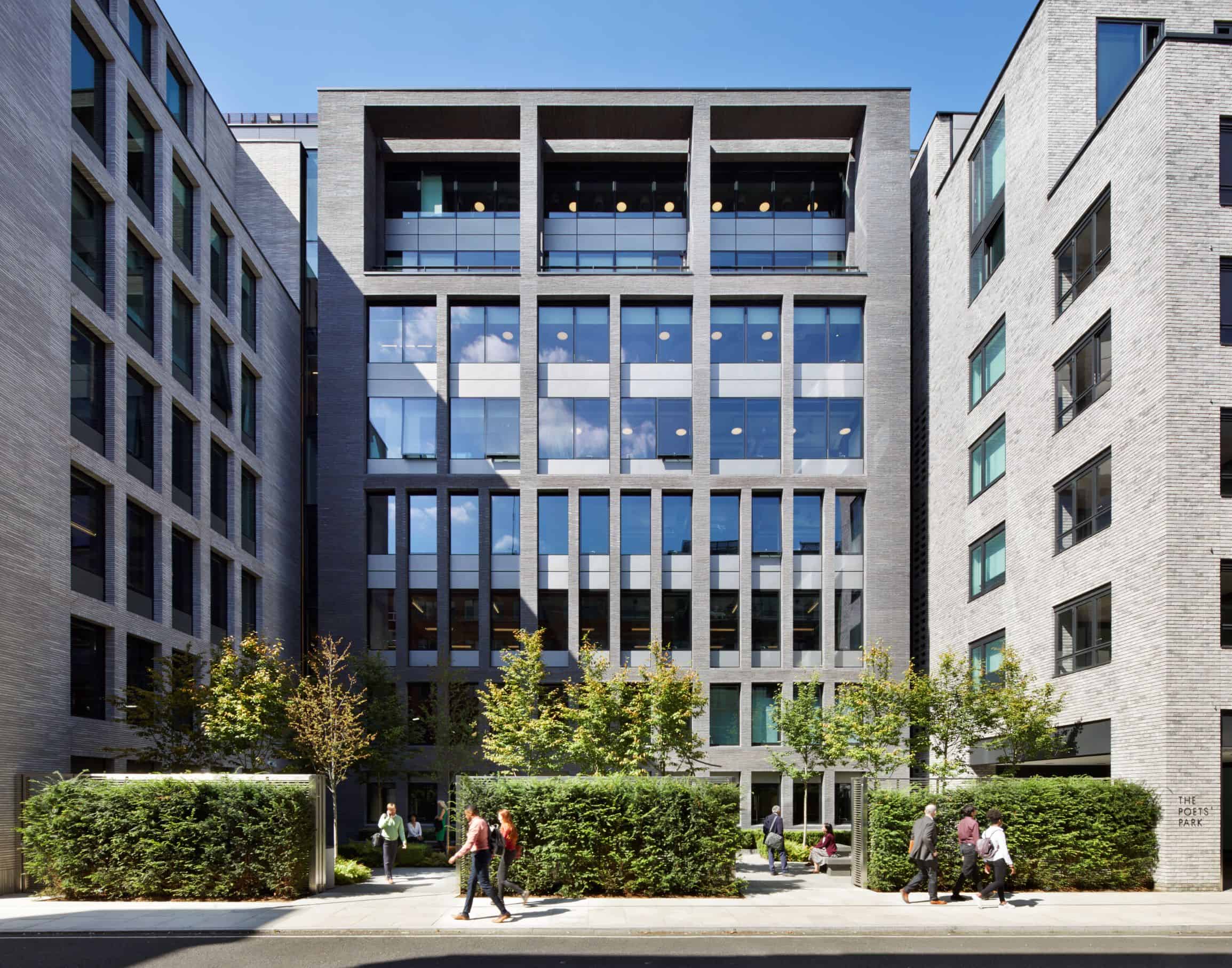
62 Kimpton Road
An award-winning, self-build house in Hertfordshire that is net-zero energy in operation, with a 31 panel PV array, a ground-source (thermal piles) heat pump for heating and hot water, mechanical ventilation, heat recovery system, high levels of insulation and use of sustainable materials above ground level.

Marklake Court
A new community-led development of social housing in South London.

Z House
Barratt Developments’ Zero Carbon Concept Home of the Future.
